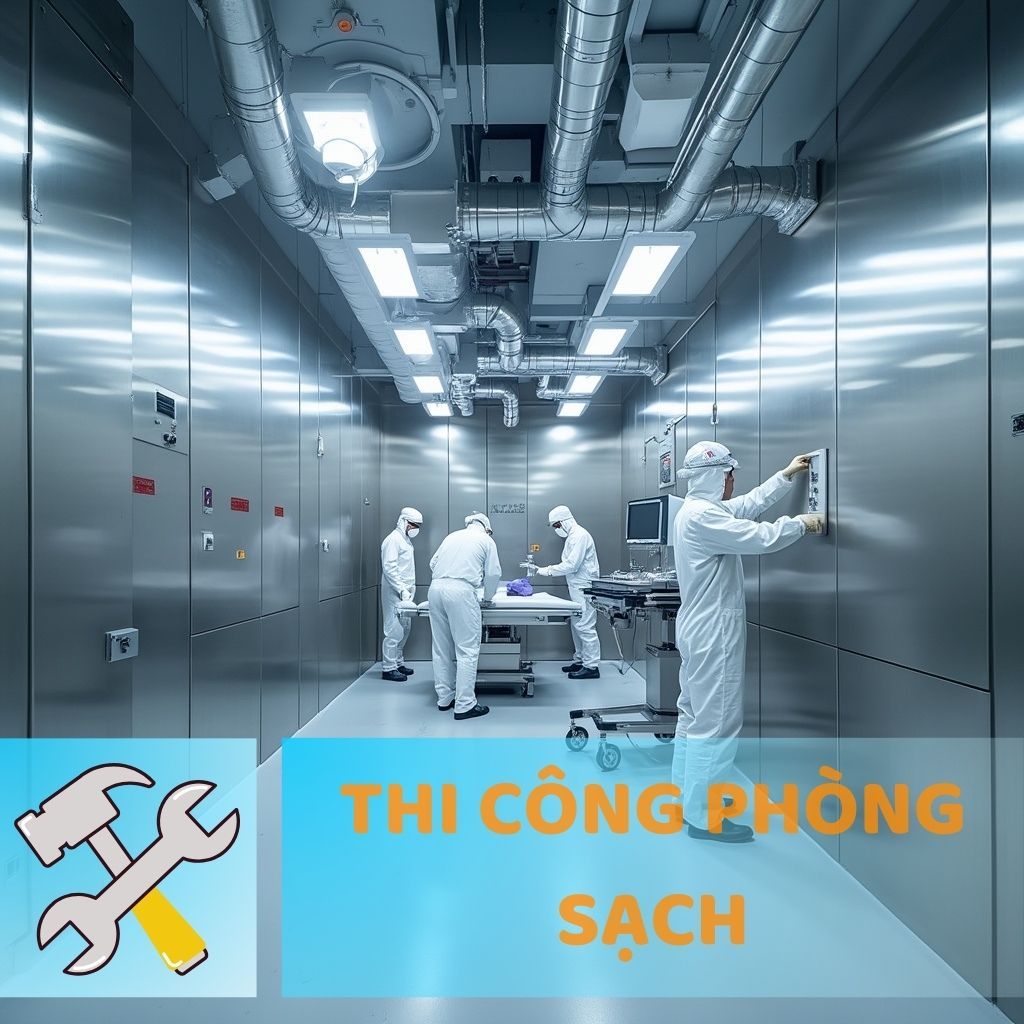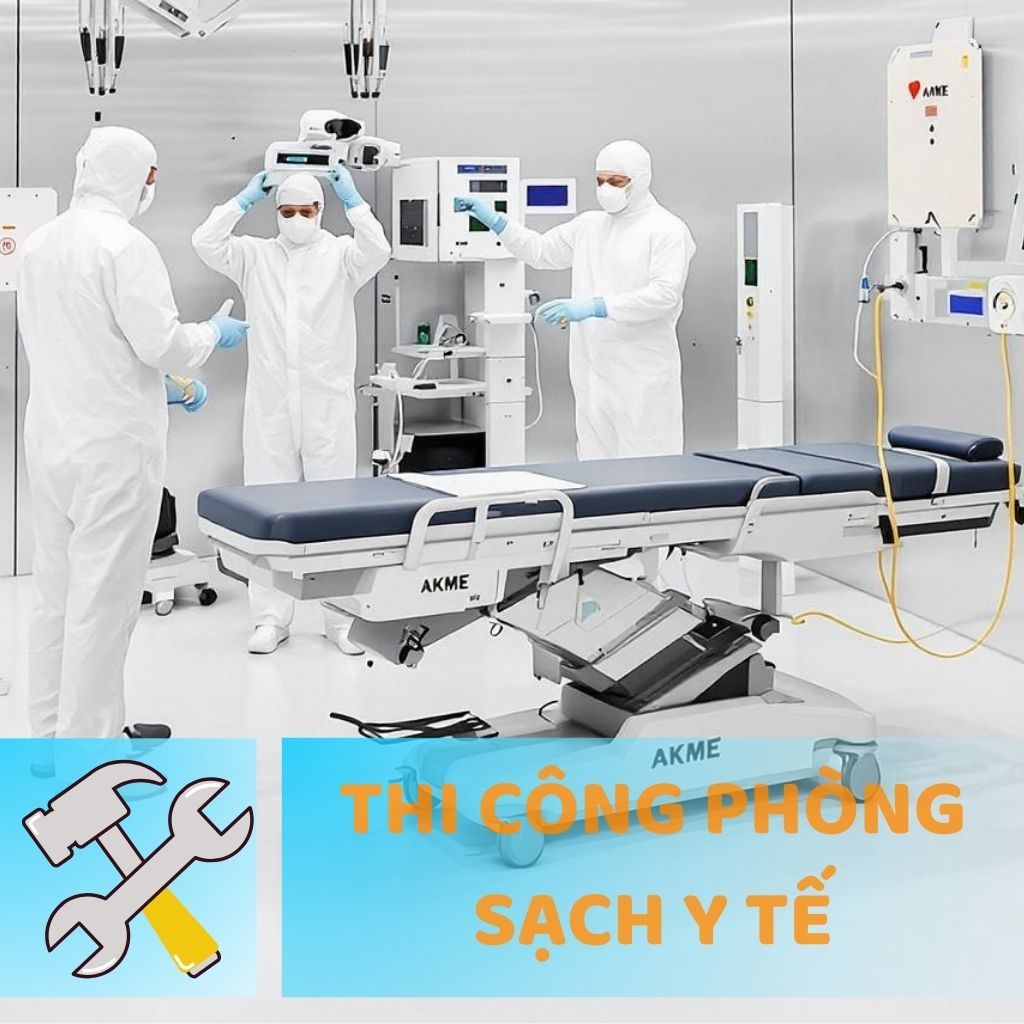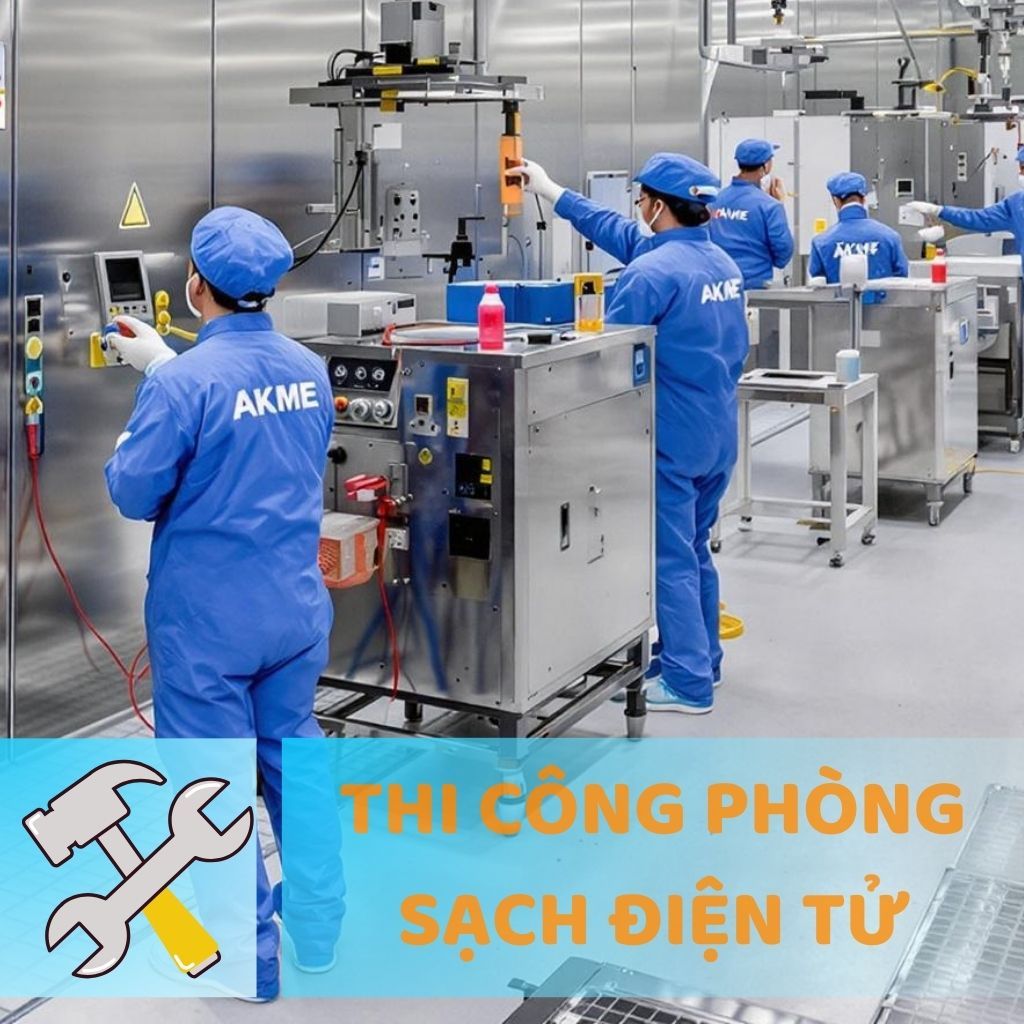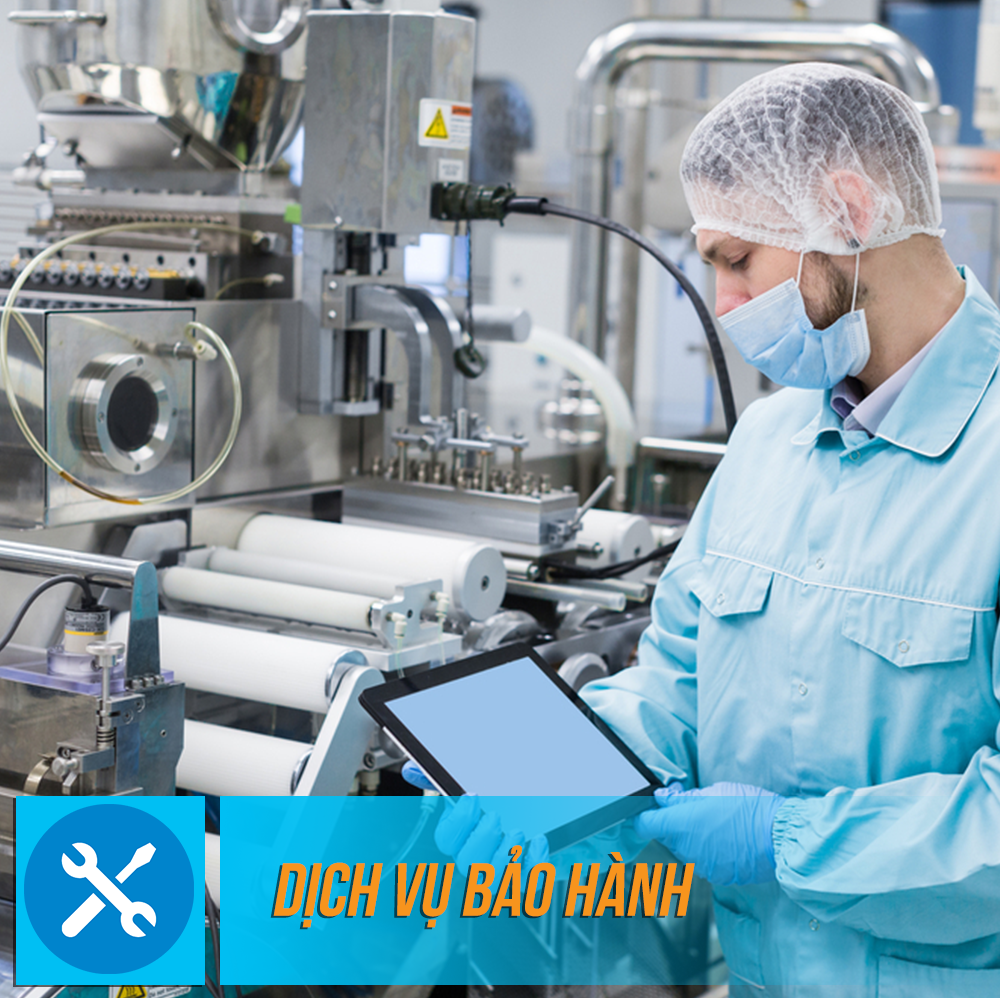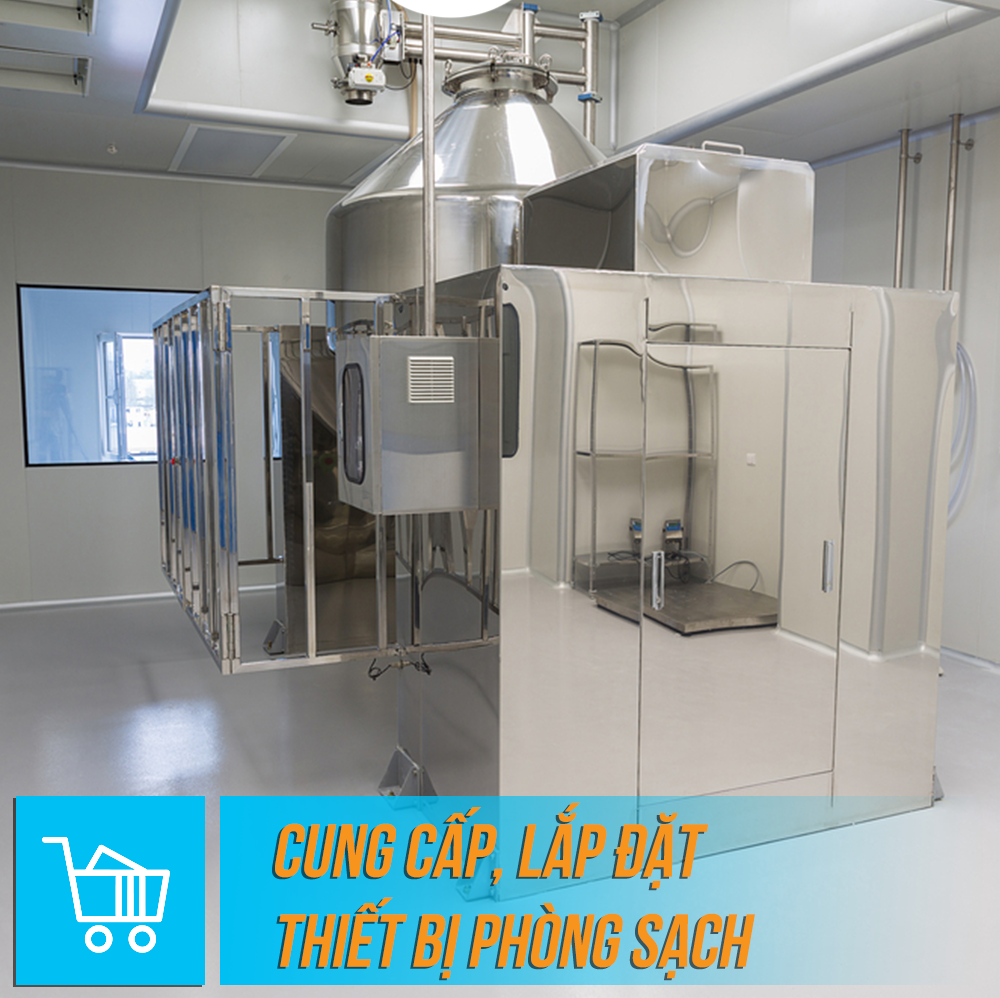Compare the solutions for using disposable and fixed materials in a cleanroom environment.
14:17 - 06/09/2025 149
Compare the solution of using single-use materials versus fixed materials in clean rooms: advantages and disadvantages, when to use, and optimal combination methods.
Cleanroom Light Indicators: Improve Safety & Optimize Processes
Tersicoccus phoenicis: Dormant Bacteria Challenges NASA's Sterile Process
Sustainable Packaging for Cleanrooms: Optimization & Innovation
Vietnam's Amended Pharmacy Law: Important amendments & opportunities for businesses
Comparison of Single-use and Permanent Material Transfer Solutions in Cleanroom Environments
Speed or Sustainability
In pharmaceutical and biopharmaceutical manufacturing, transferring materials between cleanroom areas is an essential operation. There are two common methods:
- Single-use transfer solution uses disposable bags or tubes, ensuring sterility and preventing cross-contamination.
- Permanent transfer solution uses unchanging material transfer systems, such as steel pipes or static ports, requiring periodic cleaning and validation.
Each choice has its own advantages, depending on production objectives and operating costs.
Advantages and Disadvantages of Each Solution
Advantages of Single-use
- Fast and flexible: No cleaning required, reducing waiting time and accelerating production.
- Reduced cross-contamination risk: Using new, sterile materials each time helps optimize biological control.
- Resource savings: Avoids costly CIP/SIP (clean-in-place/steam-in-place) procedures that consume cost, energy, and water.
Limitations of Single-use
- High consumable costs: Requires continuous purchase of consumable materials, which may affect long-term costs.
- Waste generation: Packaging and single-use materials create large amounts of waste that need processing and recycling.
Advantages of Permanent Transfer
- Does not generate much waste: Fixed systems have long lifespans, reducing frequency of reinvestment costs and waste.
- Sustainable production process: Does not generate consumption of single-use raw materials.
Disadvantages of Permanent Transfer
- Time-consuming for CIP/SIP: Cleaning and validation processes are time-consuming, especially for high volume production or frequent product changes.
- Lack of flexibility: Difficult to adjust quickly when changing formulas or production lines.
-600x400.jpg)
Smart Combination Capability
Many manufacturing facilities choose solutions that combine both models:
- Use fixed pipelines for common raw and auxiliary materials.
- Use single-use for special materials or those prone to cross-contamination.
A typical example is the AdvantaPass® system, which allows sterile liquid transfer through cleanroom walls using single-use connectors, eliminating the need to clean fixed pipelines.
-600x400.jpg)
When to Use Each Solution?
| Model | When to Choose |
|---|---|
| Single-use | High sterile environment, production flexibility, reduced changeover time |
| Permanent | Stable production line, long-term cost optimization objectives |
| Hybrid | Combination depending on material type, sterility sensitivity, and production frequency |
Conclusion
There is no "one-size-fits-all" solution. Choosing a material transfer system in cleanrooms needs to be based on:
- Required sterility level
- Flexibility and production speed
- Ability to handle costs and waste disposal in the long term
Applying a flexible combination strategy between single-use and permanent transfer will optimize efficiency, save costs, and meet high requirements for safety and operation.
 | ANH KHANG CLEANROOM MECHANICAL & ELECTRICAL JOINT STOCK COMPANY Hotline: 1900 636 814 - 0902 051 222 Email: info@akme.com.vn Website: akme.com.vn Add: Lot B7 - Xuan Phuong Garden - Phuong Canh - Nam Tu Liem - Ha Noi. |
12:05 - 28/11/2019 47180
Cleanroom Design and Construction
14:05 - 11/03/2025 19380
GMP and ISO Standard Cleanroom Construction
14:18 - 11/03/2025 11861
ISO Standard Medical Cleanroom Construction
14:13 - 28/02/2025 22732
Electronics Cleanroom Construction
16:15 - 18/03/2021 4304
Warranty Service
16:26 - 28/11/2019 16927
Supply and installation of cleanroom equipment
14:50 - 26/11/2019 5741
Technology Production Line Consulting
16:35 - 19/03/2025 18013




